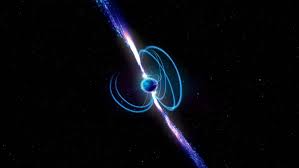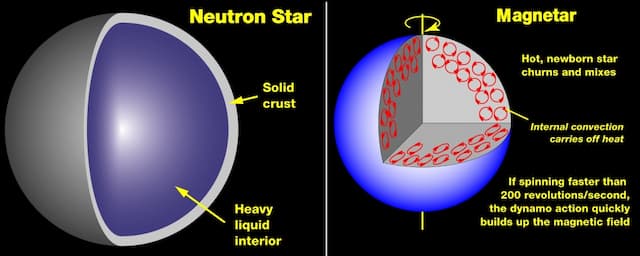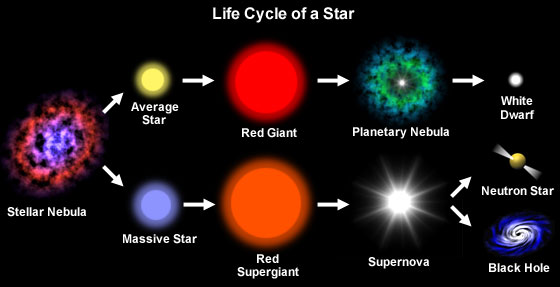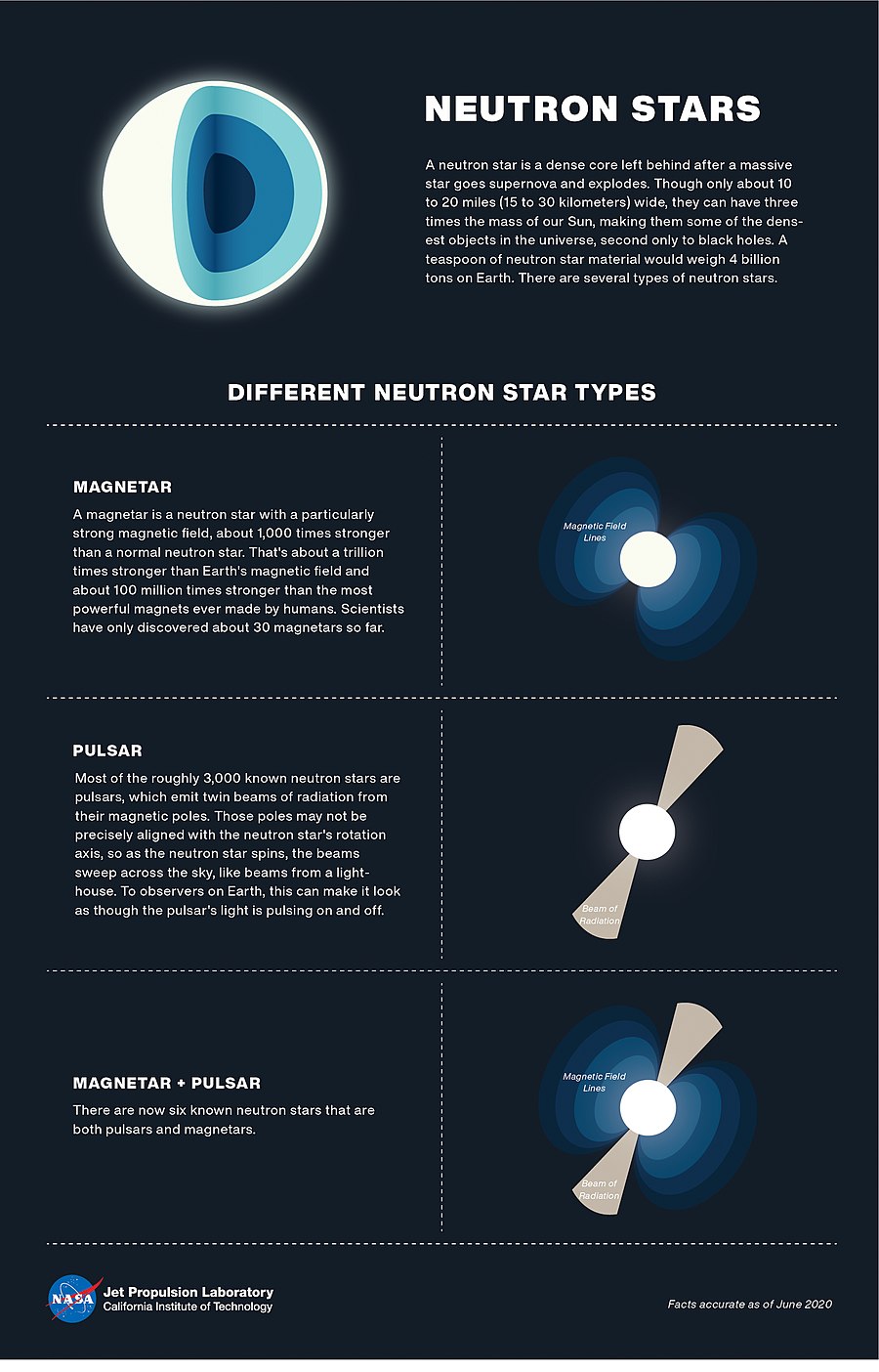Description

Disclaimer: Copyright infringement not intended.
Context
- Scientists have detected an incredibly dense star behaving unlike anything else ever seen. They suspect it to be an exotic astrophysical object whose existence has been only hypothesised until now. It may be the first known example of what is called an ultra-long period magnetar.
Understanding Magnetar
- A magnetar is a type of neutron star that has an extremely powerful magnetic field.
- Neutron stars are formed when the core of a massive star undergoes gravitational collapse when it reaches the end of its life.
- This results in the matter being so tightly packed that even a sugar-cube sized amount of material taken from such a star weighs more than 1 billion tons.
- Magnetars are a subclass of these neutrons and occasionally release flares with more energy in a fraction of a second than the Sun is capable of emitting in tens of thousands of years.
- Like other neutron stars, magnetars are around 20 kilometres in diameter and are formed by the collapse of a star



with a mass 10–25 times that of the Sun and have a mass about 1.4 solar masses.
- The density of the interior of a magnetar is extremely high (tablespoon of its substance would have a mass of over 100 million tons)
- Magnetars are differentiated from other neutron stars by having even stronger magnetic fields, and by rotating more slowly in comparison. The active life of a magnetar is short.
- Magnetars are relatively rare objects, with only about thirty having been spotted within the Milky Way so far.
Ultra-Long Period Magnetar
- This is a variety of neutron star that is highly magnetised and rotates relatively slowly, as opposed to fast-spinning neutron star objects called pulsars that appear from Earth to be blinking on and off within milliseconds or seconds.
- The object is continuously beaming strong radio waves from its north and south poles.
- It appeared to switch on every 18 minutes and 11 seconds for about 30 to 60 seconds, then off again.
- It is located relatively close to Earth in cosmic terms, roughly 4,200 light years away, where a light year is the distance light travels in a year, 9.5 trillion km.
- As for why its rotation is so slow, it could be that it is very old and has slowed over time. This is ‘first of its kind.
https://epaper.thehindu.com/Home/ShareArticle?OrgId=G5I9EMQPR.1&imageview=0














